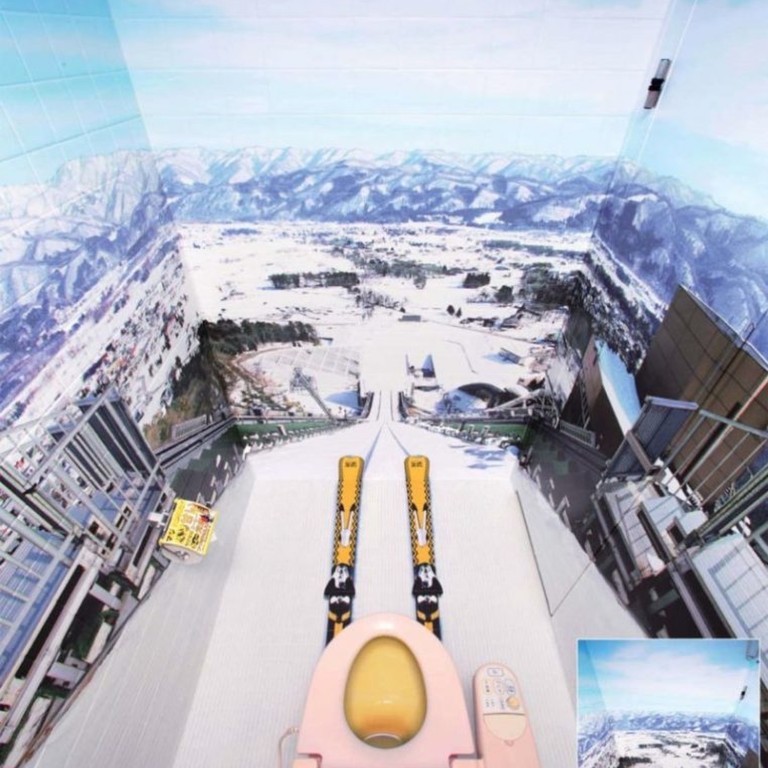
These amazing Japanese toilets will leave you flushed with excitement
- From an open-air toilet with its own miniature garden to one that makes you feel like you’re on skis, these toilets must be seen to be believed
- Efforts are being made to up Japan’s toilet game across the country to appeal to the millions of foreign tourists it hopes will return post-pandemic
Japan is elevating its humble public conveniences into works of architectural, technological and aesthetic wonder which in turn is transforming them into landmarks and encouraging “toilet tourism”.
Japanese home-fittings companies have built a reputation for designing the world’s most hygienic bathroom equipment, with the “washlet” built-in bidet a standard fixture in most modern homes, along with heated toilet seats, sound options to conceal any embarrassing noises, and environment-friendly flush options.
Japan’s public toilets, however, have not always lived up to those high standards. Dark, grubby and malodorous, some are a throwback to the 1960s and too many are still of the uncomfortable squat-over-a-hole-in-the-ground design. But that is changing.
The concept of universal design and the need to make public bathrooms genuinely convenient and accessible to people with physical challenges have started to drive design considerations.
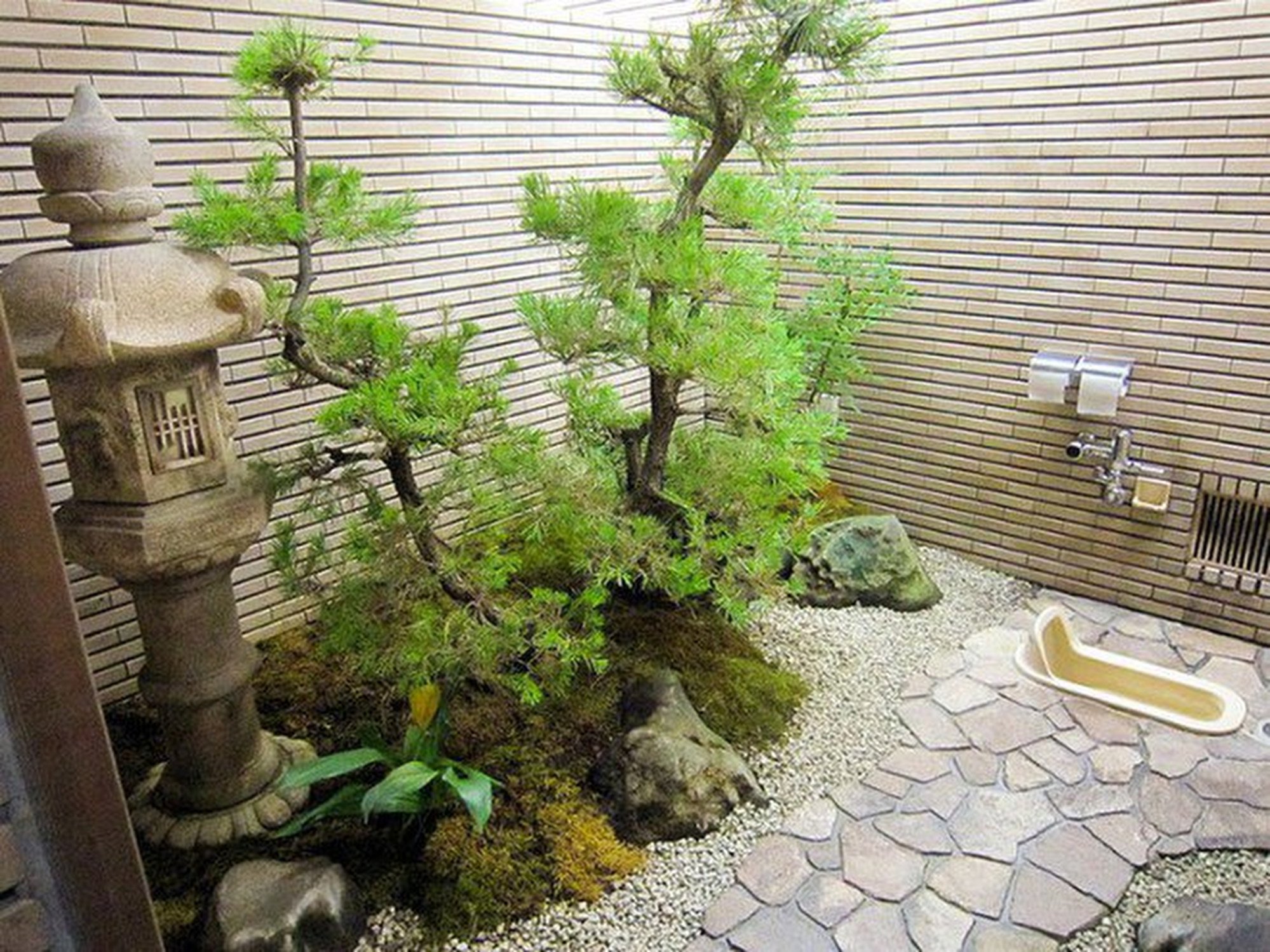
There is also a sense that more welcoming toilets would be appreciated by the millions of foreign tourists Japan hopes will be returning to its shores now Covid-19 restrictions have been removed.
The oldest extant toilets in Japan are those at Kyoto’s Tofuku-ji Temple, which were in use by monks in the early Muromachi era, which lasted from 1336 to 1573.
An official of the city’s heritage preservation association caused headlines in October when he accidentally rammed the wooden building with his car, which was left stranded among the latrines.
Six best toilets in the world are named to the relief of everyone
Restoration of the building, which is registered as an important cultural asset by the government, is under way.
A row of holes in the ground is a long way from the state-of-the-art facilities that have been popping up across Tokyo’s Shibuya ward over the past two years.
The Tokyo Toilet Project has brought together 17 internationally renowned architects to reconsider public conveniences and to put their stamp on a new generation.
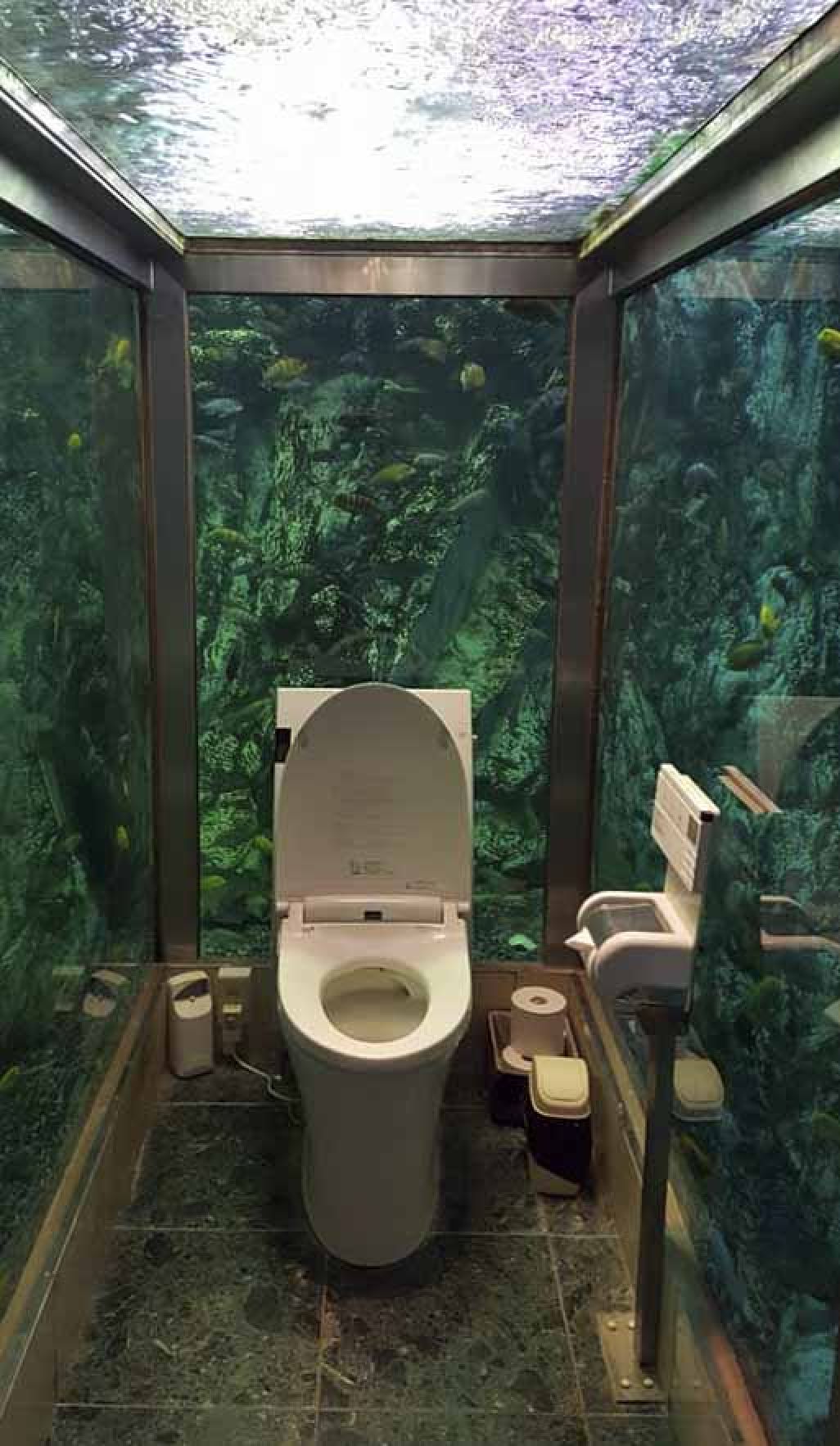
Perhaps unsurprisingly, public restrooms with transparent walls in Yoyogi Fukamachi Mini Park and Haru-no-Ogawa Community Park attracted a great deal of the initial attention.
The work of 2014 Pritzker Architecture Prize winner Shigeru Ban, the structures use “smart glass” that instantly becomes opaque when the door to the toilet is locked.
The interiors are spacious and the structures are illuminated at night, with visibility a key concern of the designer.
“Before going in, everyone wants to check that no one is hiding inside and that it’s clean,” Ban said, in an interview with national broadcaster NHK. “This is a solution to those issues.”


Tadao Ando, another of Japan’s leading architects, came up with a tapering, cylindrical design in metal with an extended roof for the project. Entrances on two sides of the structure in Jingu-Dori Park, a five-minute walk from Shibuya Station, allow in natural light and wafting air.
“A building’s value is not determined by its scale,” Ando told NHK. “This public toilet may be small, but it conveys an important message.
“I want users to feel comfortable when they use this facility. I thought about accessibility for everyone, including wheelchair users. I believe a city has to be inclusive and it would be great if we can show that one of the ways is to change the humble public toilet.”
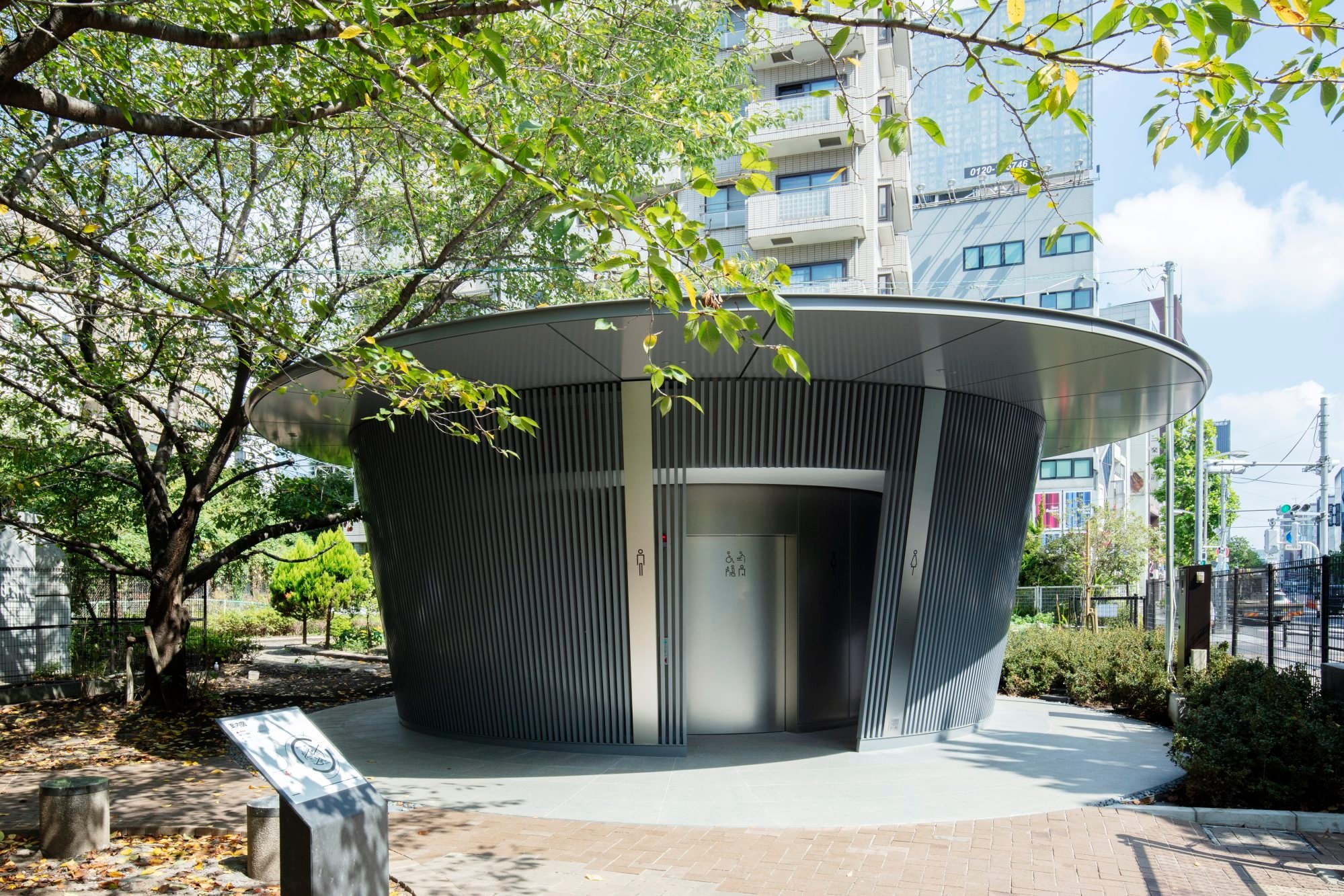
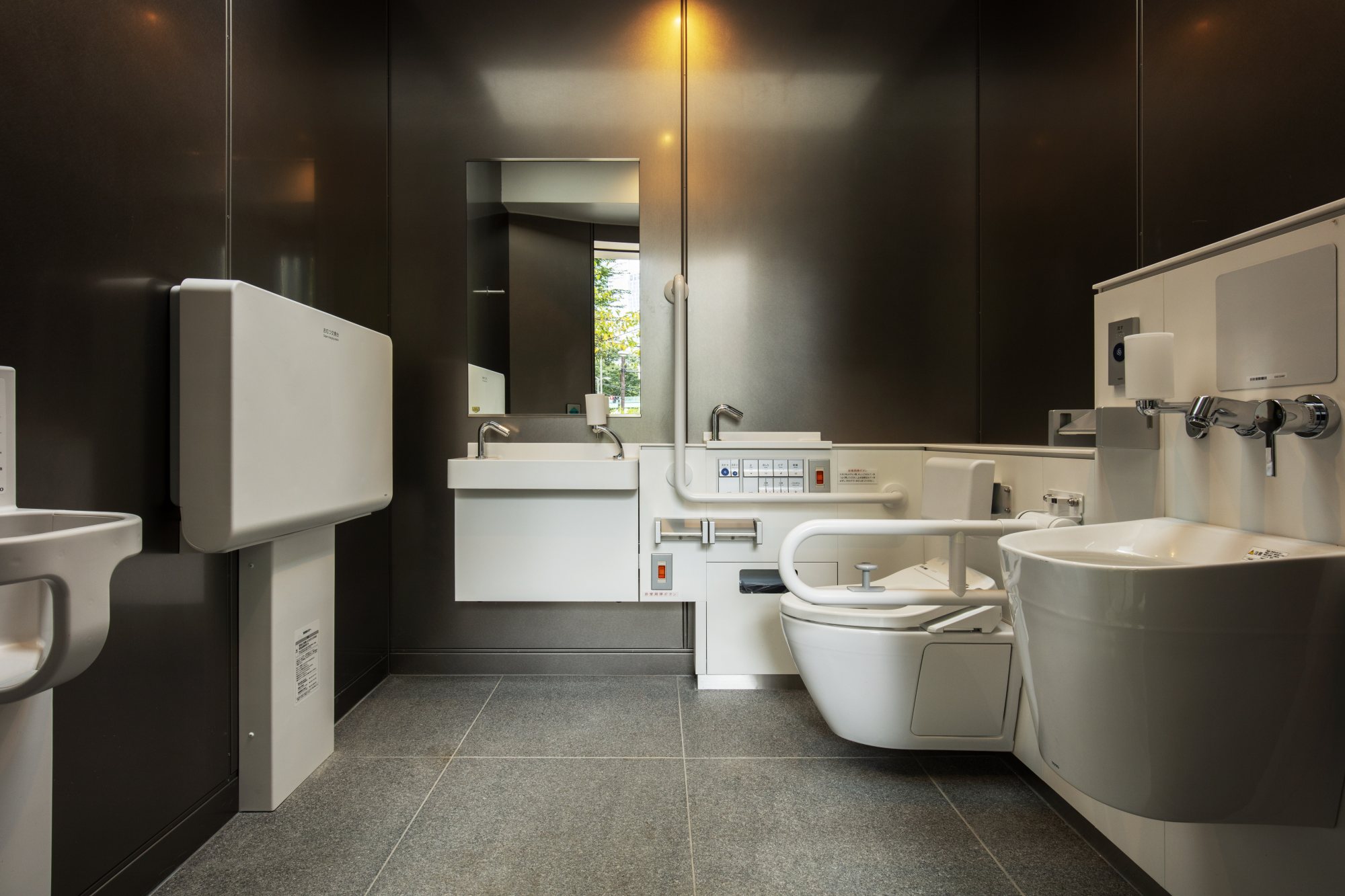
Other project facilities include a brightly illuminated cube toilet named “White”, outside the west exit of Ebisu Station; the “Hi Toilet”, a bright white semi-sphere in which all the functions are contactless for the user; and a “village” of five huts made of cedar boards and titled “A Walk in the Woods”, in Nabeshima Shoto Park.
Elsewhere in Japan, companies, local organisations and authorities have cottoned on to the idea that a warm welcome for visitors should extend to public restrooms.
The Resuto Ujo restaurant, in the city of Echizen, in Fukui prefecture, has an open-air, walled toilet in which the user is surrounded by a miniature Japanese garden, complete with carefully manicured pine trees, moss-covered mounds and a stone lantern.



Anyone availing themselves of the facilities in the Hipopo Papa restaurant, in Akashi, Hyogo prefecture, will come under the gaze of hundreds of fish in the surrounding aquarium.
Taking a seat at the Haiji restaurant, at the Madarao Kogen ski resort in Nagano prefecture, gives the user the impression, through panorama shots plastered to the walls, that they are at the top of a towering ski jump. To add extra authenticity, pairs of skis are attached to the floor.
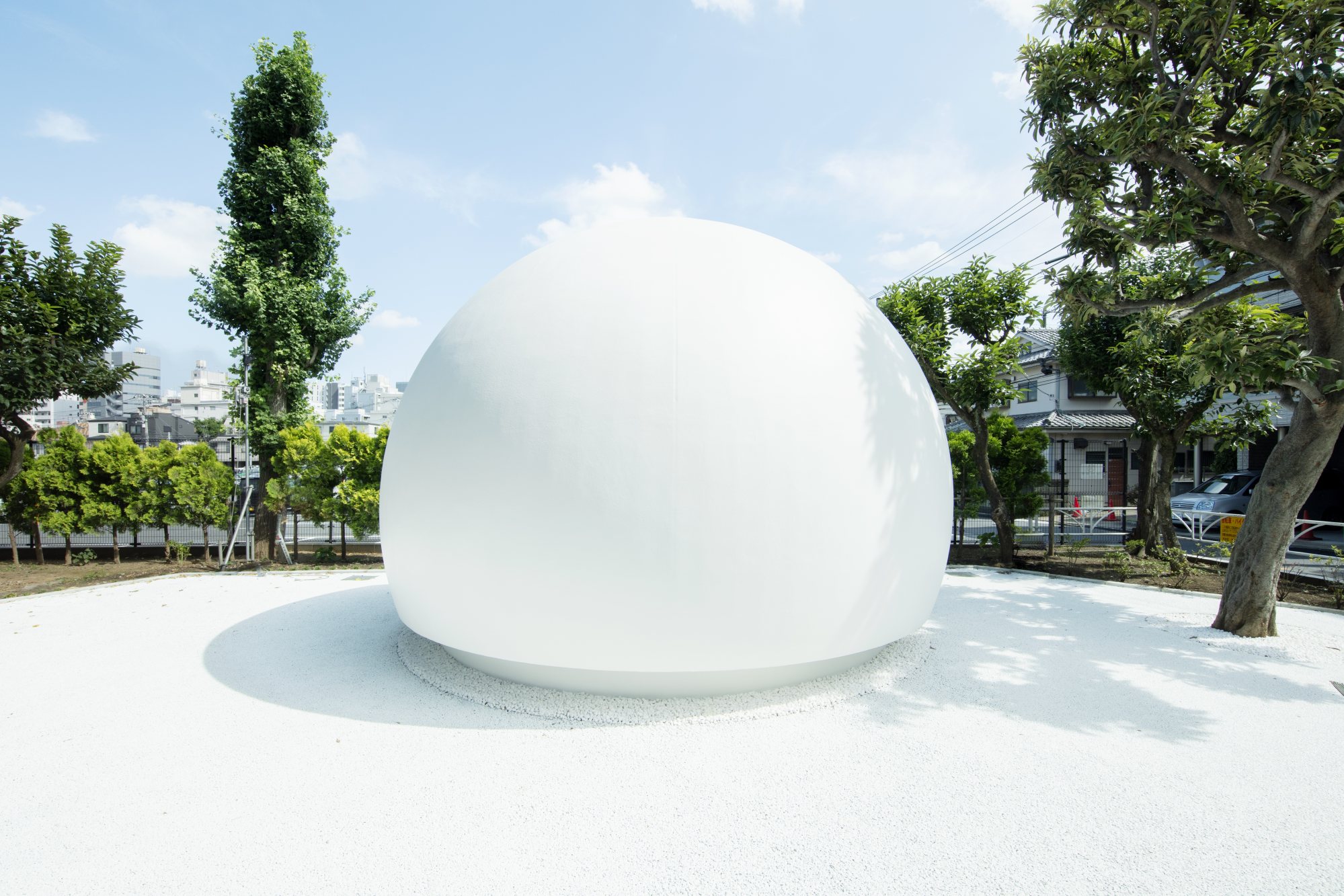

Continuing the theme of toilets surrounded by nature, Itabu Station, in the city of Ichihara, in Chiba prefecture, has a single clear-walled cubicle in a garden that is surrounded by a high fence. Set amid 200 square metres of greenery, the “Garden Toilet” is for women only.
Hikers attempting to scale Mount Fuji have long complained about the standard of the facilities on the peak, with the Shizuoka prefecture government having responded by installing 24 eco-friendly public conveniences.
Some are bio-toilets that use sawdust and microorganisms to break down the waste, others use recycled water and an incinerator lavatory produces no sewage at all. While they may be short on luxurious amenities, the views are spectacular.
They bought the island resort of their dreams – then the pandemic happened
The toilets at Oath Hill Park, in Oyama, Shizuoka prefecture, admire Japan’s most famous mountain and simultaneously mimic Mount Fuji’s shape.
Opened in October 2021, the facilities offer sheltered observation areas with roofs that copy the outline of the volcanic peak, while the nearby toilet cubicles are circular and have the same white, conical canopies.
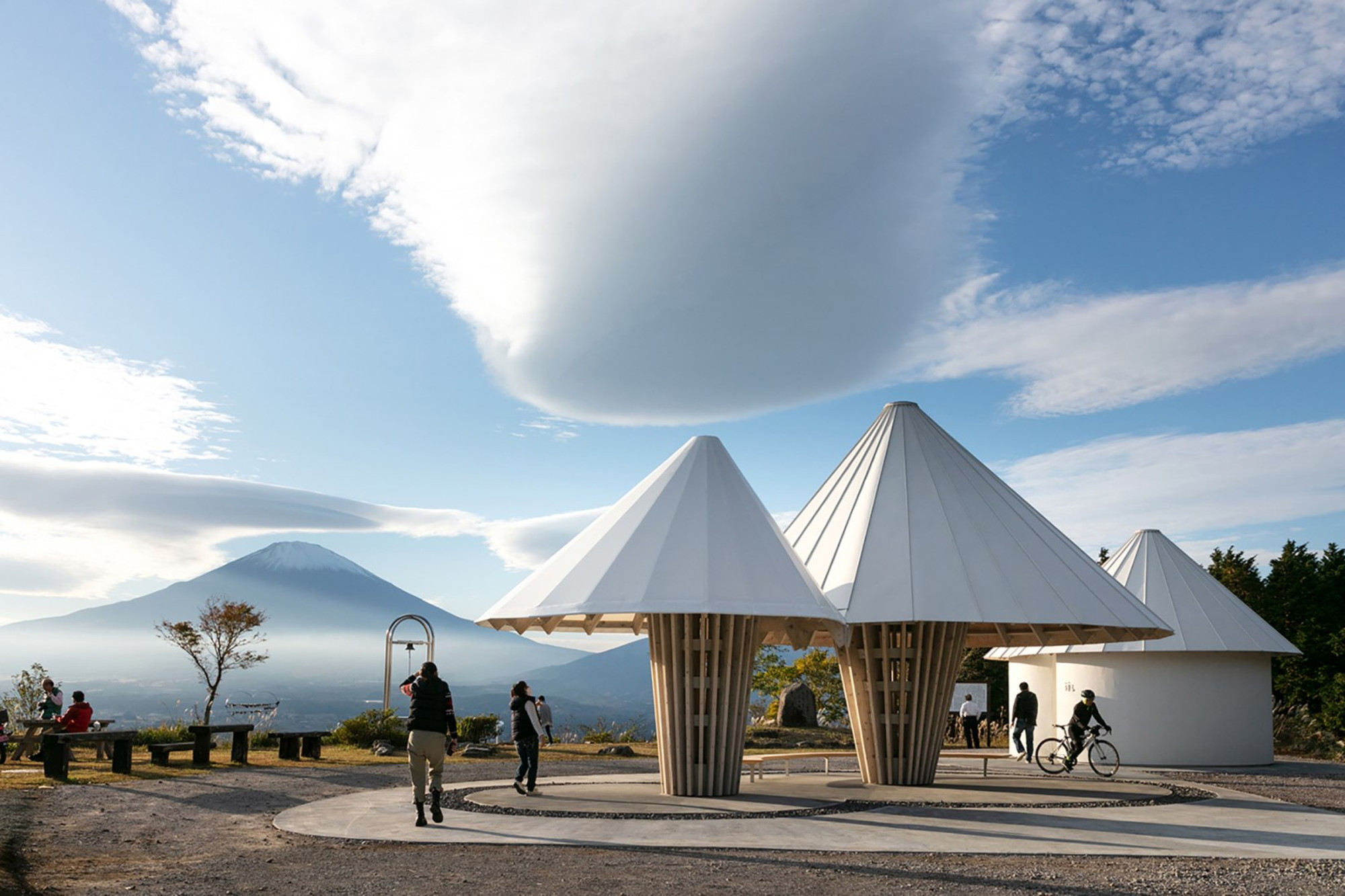
Fuchu, in the eastern reaches of Hiroshima prefecture, is another city that has made an effort to up its game when it comes to public toilets.
The Hachiman Shrine attracts thousands of visitors every year, particularly in the autumn months, when the surrounding trees take on seasonal colours. Those visitors were less impressed, however, by the single portable cabin-type toilet that was available.
The shrine authorities have since constructed another state-of-the-art toilet that makes use of technology to frost the see-through walls of the stall when a user locks the door.
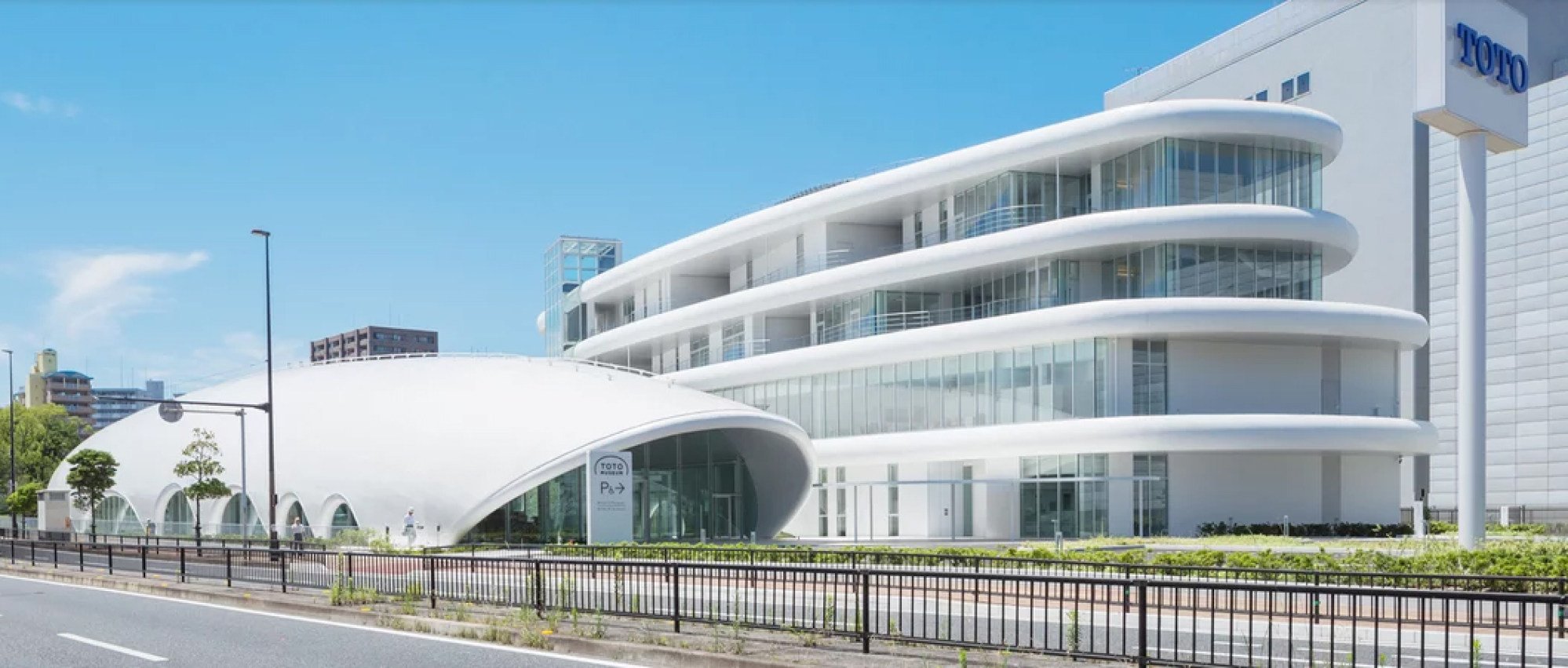
Inspired by its popularity, Fuchu authorities have launched a campaign to improve public washrooms in general, with other new facilities featuring a swirling image of a dragon and the incorporation of a stained-glass window picturing hydrangea flowers.
And if all that were not sufficient to attract lavatory lovers to Japan, household appliances manufacturer Toto has a museum in Kitakyushu city dedicated to the history and future of the bathroom.

